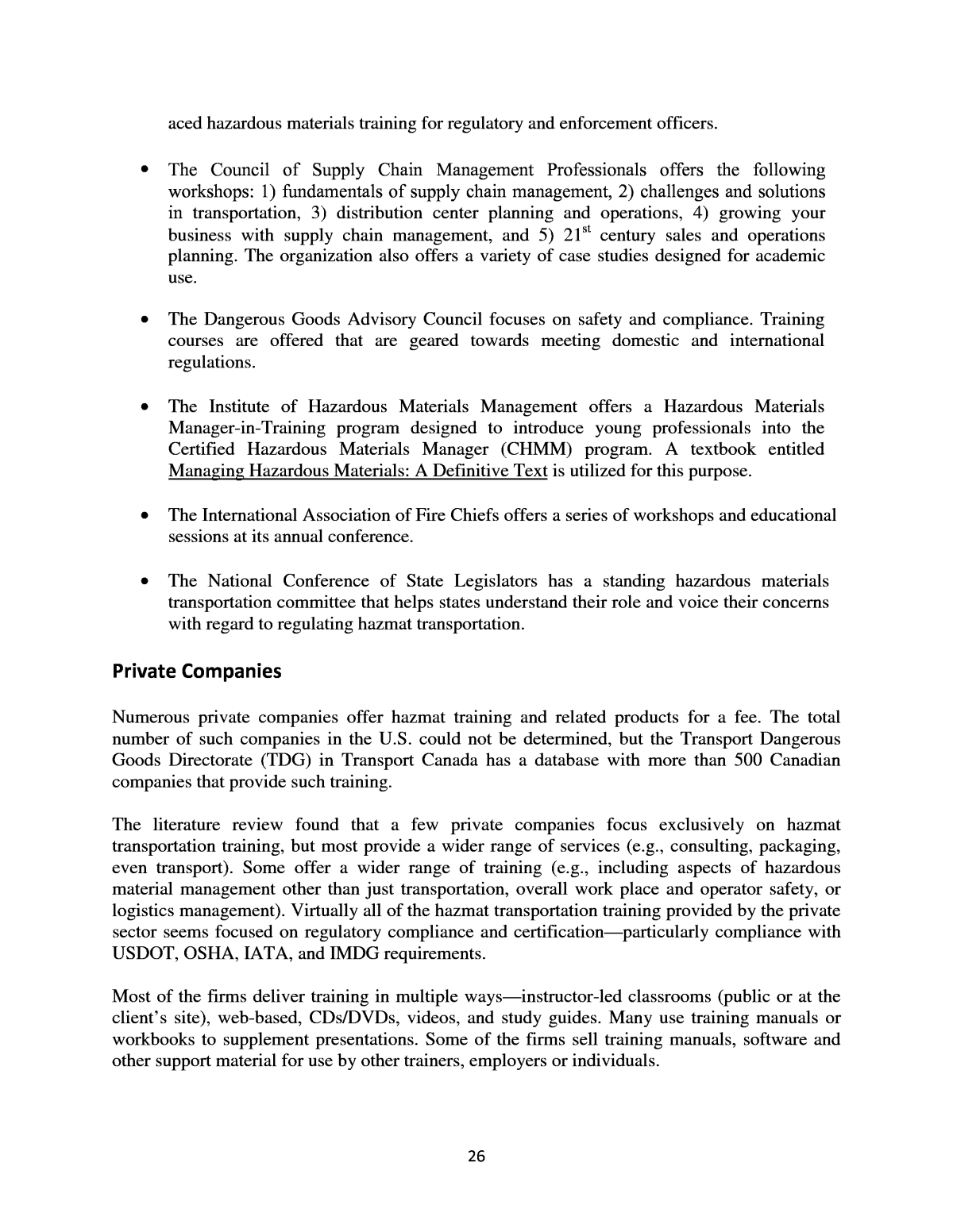2020. 3. 6. 17:48ㆍ카테고리 없음
HAZMAT is one of the most confusing subjects among expedite drivers. But it doesn't need to be.In order to haul HAZMAT you must have a CDL with a HAZMAT Endorsement, right? Most people, when they hear the term “HAZMAT” they think “endorsement,” because you need the HAZMAT endorsement to haul HAZMAT. This can be a source of great confusion among drivers of all types of vehicles, because it depends. Sometimes you need the endorsement, sometimes you don’t. It depends on the definition of hazardous material, and on who is defining it.Hazardous Material is defined by the Secretary of Transportation as any “particular quantity or form” of a material that “may pose an unreasonable risk to health and safety or property,” or the environment. The Secretary is required by law (49 U.S.
Code § 5103) to designate any such material as hazardous, which is listed on the Hazardous Materials Table. The table can be found in the Hazardous Materials Compliance Handbook available at most truckstops, and online in the.Anything listed on the Table of Hazardous Material is indeed hazardous, but being on the table doesn’t in and of itself mean it requires a CDL with a HAZMAT endorsement to haul, as simply being on that table isn’t the requirement for having the endorsement. The key is the “particular quantity or form” of the material, as some materials are not hazardous at all, in certain quantities, and do not pose an unreasonable risk to health, safety or property.
Hazmat Compliance Handbook 2016

The requirement of having the HAZMAT endorsement isEndorsement descriptions. An operator must obtain State-issued endorsements to his/her CDL to operate commercial motor vehicles which are:( 4) Used to transport hazardous materials as defined in,OK, so now you need to know what the actual definition of “hazardous material” is as defined in § 383.5.
Compliance Training Online Hazmat
Rather than it being some common sense definition, or what you think it should be, they definite it so there is no room for doubt.Hazardous materials means any material that has been designated as hazardous under 49 U.S.C. 5103 and is required to be placarded under or any quantity of a material listed as a select agent or toxin in 42 CFR part 73.So, you need a CDL with a HAZMAT endorsement to haul hazardous material, but only that material which is on the Table of Hazardous Material and which requires placarding.

If it doesn’t require placarding, you don’t need a CDL, and you don’t need the endorsement. It’s really that simple.Placards are the large diamond-shaped signs which go on the outside of the vehicle that indicate the Hazard Class of the material being transported. Placards should not be confused with the similar-looking diamond shaped labels which can be found on the packaging of hazardous materials. The labels are strictly to identify the material, nothing else.
Hazmat Handbook Pdf
The HAZMAT endorsement is tied strictly to the placarding requirement of vehicles and have nothing to do with the labeling of packaging. Just because the freight has little placard-looking diamonds on them does not mean you need an endorsement to transport those packages.

Do not be afraid of the labels, because they don’t mean anything with respect to whether or not you need an endorsement.Hazardous Material is broken down into different Hazard Classes. Explosives are one class, poisons are another, flammable liquids are another, etc. Placards are chosen according to the two tables found in § 172.502. ( ) or , or on Page 38, give or take a page, in the Hazardous Materials Complainace Handbook.( )Table 1 lists categories of hazardous material which require placarding no matter what amount of material is being hauled.
Any quantity of hazardous material covered by Table 1 must be placarded, which means you must have a C DL with a HAZMAT endorsement to haul it.Table 2 also lists categories of hazardous materials and the placarding requirements, but there are some exceptions. The big one is, when hazardous materials covered by Table 2 of this section are transported by highway or rail, placards are not required on a transport vehicle which contains less than 454 kg (1001 pounds) aggregate gross weight of hazardous materials covered by Table 2.Another exception is Class 9. Class 9 doesn’t require placarding, regardless of quantity, for domestic shipments, unless it is in bulk quantity (which ain’t gonna happen on a cargo van).And as we know, if placards aren’t required on the vehicle, then neither is the endorsement.